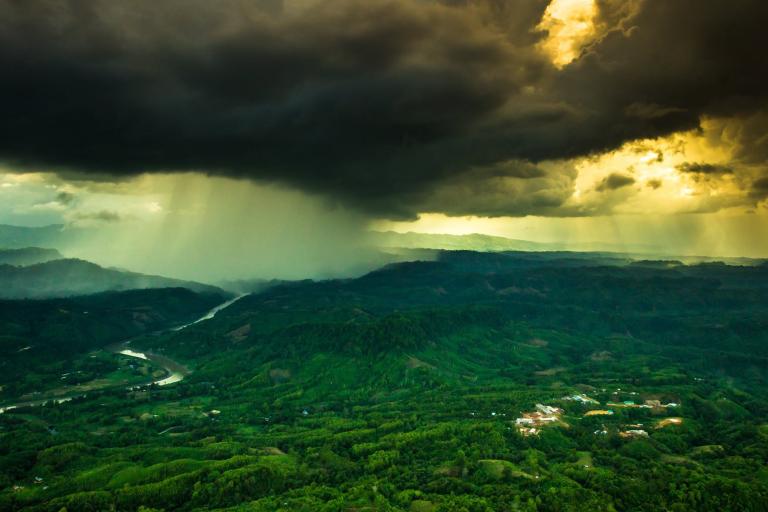South Asian Climate Outlook Forum predicts normal monsoon

Normal rainfall is most likely during the 2019 southwest monsoon season (June – September) over most parts of South Asia, according to the South Asian Climate Outlook Forum (SASCOF).
However, above normal rainfall is likely over some northern parts of the region, eastern coastal areas of India, Sri Lanka, southern parts of Myanmar, and most parts of the Andaman Nicobar Islands. Below-normal rainfall is likely over some areas of southern Pakistan, some areas along the west coast of India, northern parts of central India and some areas of northeastern part of the region. The remaining areas are likely to experience normal rainfall.
SASCOF issued its consensus outlook based on an expert assessment of the prevailing global climate conditions and forecasts from different climate models from around the world.

Currently weak El Niño conditions are prevailing over the Pacific Ocean and there is a strong consensus among the experts about the possibility of further weakening of these conditions during the latter part of the monsoon season. Some global models are also indicating a possibility of El Niño conditions turning to ENSO neutral conditions during the season.
It is recognized that though El Niño conditions are known typically to weaken the South Asian southwest monsoon circulation and influence the rainfall over the region, there is large uncertainty in their impact on the regional rainfall distribution during one year to another.
From June through September, the Southwest Monsoon dominates life in much of South Asia. Accounting for 75-90 per cent of the annual rainfall in most parts of the region (excepting Sri Lanka and southeastern India), the monsoon has an all-pervading influence on the socio-economic fabric of the region and thus of the national economies of South Asian countries.
Advance information about the likely performance of the monsoon makes it possible for decision-makers to plan water, agricultural, public health and related risk-management strategies. SASCOF was launched in 2010 under the auspices of WMO to engage South Asian countries that share a strong and common interest in understanding and forecasting the monsoon. It is one of a worldwide network of Regional Climate Outlook Forums sponsored by WMO and its partners to promote collaboration and information sharing on seasonal climate prediction and related issues.
The summer monsoon outlook was issued during the 14th session of the SASCOF and accompanying workshops hosted by Nepal’s Department of Hydrology and Meteorology (DHM). WMO, the Regional Integrated Multi-hazard Early-warning System (RIMES), the WMO Regional Climate Centre at Pune hosted by India Meteorological Department and the UK’s Met Office co-sponsored the events from 18 to 23 April 2019.










